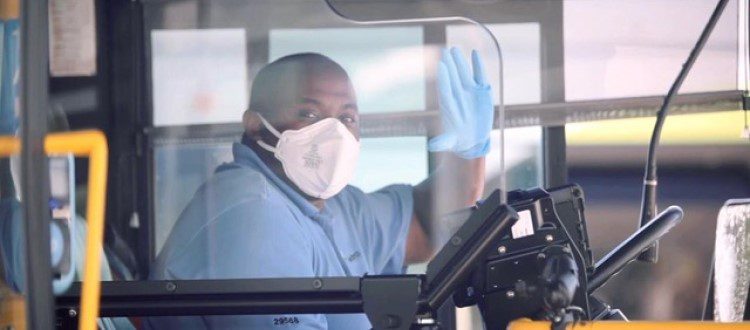UC Davis: COVID-19 Having Major Impact On Transportation

New research by the University of California-Davis Institute for Transportation Studies indicates that the COVID-19 pandemic has had and will continue to have a “profound impact” on how much people move around, their means of transportation, and on who gets to stay at home; trends that will create “long-term shifts” in transportation usage across the country. And the UC Davis experts say policymakers need to start addressing these changes before new habits are set.
“The pandemic has completely disrupted transportation,” said Giovanni Circella, Director of the university’s 3 Revolutions Future Mobility Program. “Many things are changing.”
The research team initially started their work pre-pandemic, looking into travel habits and the adoption of new mobility options in California and other parts of the U.S. With the onset of COVID-19, they expanded their survey to target 15 regions in the United States and two in Canada — polling more than 11,000 people on an ongoing basis.
Not surprisingly, in the short term, there was a big decrease in travel overall as people followed stay-at-home orders, bringing short-term benefits in reduced pollution, greenhouse gas emissions, and vehicle collisions. However, as people began to move around again, car transportation recovered more quickly than public transport, UC-Davis found.
With less ridership, public transportation systems are facing reduced revenues just as local and state government budgets are feeling the impacts of a weakened economy due to COVID-19. That means funding is becoming a big issue for public transport, Circella said. While people may shy away from using trains and buses in a pandemic, public transportation has other benefits in reducing pollution and traffic congestion.
Researchers also found that the pandemic seems to be causing “lasting changes” in how people live and work, at least for people who are able to work remotely. After the pandemic hit in mid-March, high earners were much more likely to stay home and telecommute — the percentage jumped from 25% to 45% — than people with the lowest 20% percent of incomes.
Michael Springborn, associate professor at the university’s Department of Environmental Science and Policy, noted that, at least in the short term, people who can telecommute are moving out of “walkable” cities and communities, which tend to be expensive places to live, and are thereby giving up on incentives to walk to work.
“There were really stark changes,” said Springborn, advising that now is “the right time to think about post-pandemic transportation and mobility policy,” such as those that promote the benefits of public transportation and shared mobility programs, and support the transition to electric vehicles.
“I think there will be a window for policy change, when we are changing back to a more open world [after the pandemic], and we will want to have programs and initiatives ready before people settle back into long-term patterns,” he said.
Source: UC Davis


